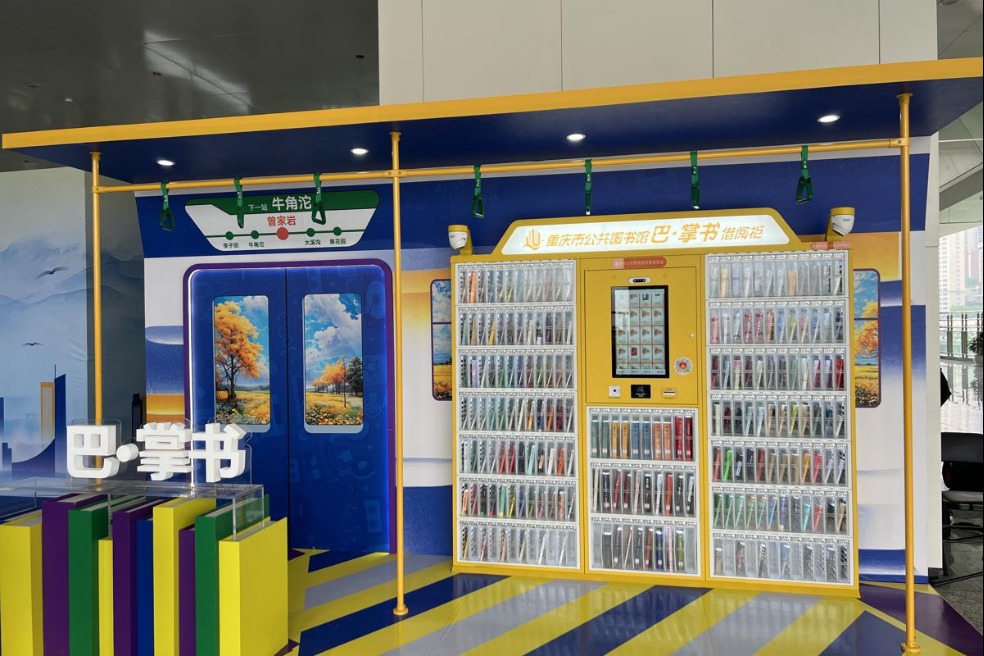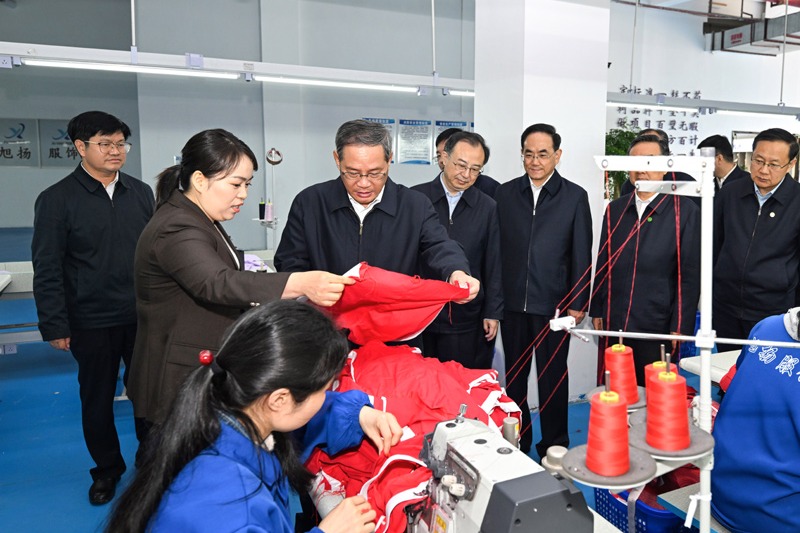Popularity of rail freight solutions rises






In the coming years, freight train services linking cities in the northeastern province of Liaoning and in Europe will become increasing vital to reinforce multimodal transportation, regional trade and connectivity in Northeast Asia, according to officials and business leaders.
They said unexpected factors, such as the COVID-19 pandemic and the blocking of the Suez Canal by a giant container ship in March, have forced many companies in Liaoning, the Republic of Korea and Japan to diversify their logistics solutions because excessive reliance on a single transportation corridor may not be tenable under certain circumstances.
The latest data show that the number of freight train trips between Liaoning and European cities, such as Hamburg and Duisburg in Germany, Enns in Austria, and Malaszewicze and Warsaw in Poland, soared to 75 in the first quarter of the year, with 7,374 containers sent to a range of destinations, according to China Railway Shenyang Group, the regional branch of China State Railway Group, the national railway operator.
Qiao Jun, an adviser to the Liaoning government, said that in addition to mechanical equipment and chemical products produced in Liaoning, the long-distance trains carry electronic accessories manufactured by companies in Japan and the Republic of Korea.
"To a certain extent, the disruption caused by the COVID-19 pandemic has boosted demand for daily necessities in Europe," he said.
"That further highlights the market competitiveness of China-Europe cargo train services provided by rail operators in Liaoning and also the province's location in the center of Northeast Asia."
With its unique geographical advantages, Liaoning is a bridgehead for China to increase economic and trade cooperation with Japan, the Republic of Korea, Russia and Mongolia.
Liaoning is also the only province in Northeast China to have coastal, riverside and national borders, which gives it an edge in opening up.
Advantages
Thanks to Liaoning's geographical and industrial advantages, its efficient ports, dense land transportation network and three railroads serving China-Europe cargo train operations are convenient for land transportation and combined sea-rail services, which reduces logistics costs, said Li Xun, head of international operations at the Shenyang branch of China Railway Container Transport Corp.
These elements are not just attractive to companies from Japan, the ROK and the Association of Southeast Asian Nations. They are also critical to allow exporters in China's eastern and southeastern regions to ship their products to Europe and to markets participating in the Belt and Road Initiative via transcontinental rail cargo services.
Last month, for example, China Railway Shenyang Group and China Railway Container Transport Corp began transporting 150 commercial vehicles made by automakers in Zhejiang province from Dalian to the rail terminal of the Berelast Logistics Center in Russia via the two-way cargo train service.
First, the vehicles were shipped by car ferry from Ningbo, Zhejiang, to Dalian, then traveled 20 days to the rail terminal at the Berelast center, located about 70 kilometers from Red Square in Moscow. The service saves between 15 and 20 days, compared with ocean shipping.
Built by the Liaoning Port Group and Russian Railways in 2017, the center is the first major cooperative logistics infrastructure project between the two countries, said Ma Yunchi, the center's president.
Employing more than 100 people and covering 1.79 million square meters, the facility has six 1,050-meter loading and unloading railroads and 240,000 sq m of warehouse capacity.
With container capacity of 750,000 twenty-foot equivalent units, it can meet the demand of one-third of Moscow's container transit transportation.
Grishin Olegovich, the center's executive vice-president, said the facility's main task is to build a regional hub for China-Europe cargo train services and reduce service blind spots in sections overseas.
Huo Guang, director of the goods yard of China Railway Shenyang Group, said that before last year all Europe-bound cargo trains departing from Shenyang and Dalian were drawn by locomotives with a top speed of 80 kilometers per hour, while the number of containers was not allowed to exceed 41.
"Today, the trains are all equipped with locomotives with a speed of 120 km/h and each of them must carry 50 containers because demand for such services remains high," he said.
Huo added that their operations can currently reach more than 40 cities in over 20 European countries.
Supported by greater demand for goods, more service routes and favorable policies, the number of trips made by freight train services linking Liaoning and Europe jumped from 43 in 2016 to 376 last year, according to China Railway Shenyang Group.
In addition to European cities, Liaoning's exports and imports from economies participating in the Belt and Road Initiative surged by 17 percent year-on-year to more than 91 billion yuan ($14 billion) during the first five months of last year while many provinces were battling the COVID-19 outbreak, according to data provided by the provincial department of commerce.
- Shenzhou XVIII successfully launched
- The Shenzhou XVIII spaceship successfully launched
- Xi calls on Chongqing to write its chapter in Chinese modernization
- Shandong produce seller begs for order cancellations after pricing error
- Zhejiang woman receives lenient sentence for rooftop poppy plantation
- Lucky mistake: Lottery player wins jackpot thanks to salesperson's error

































